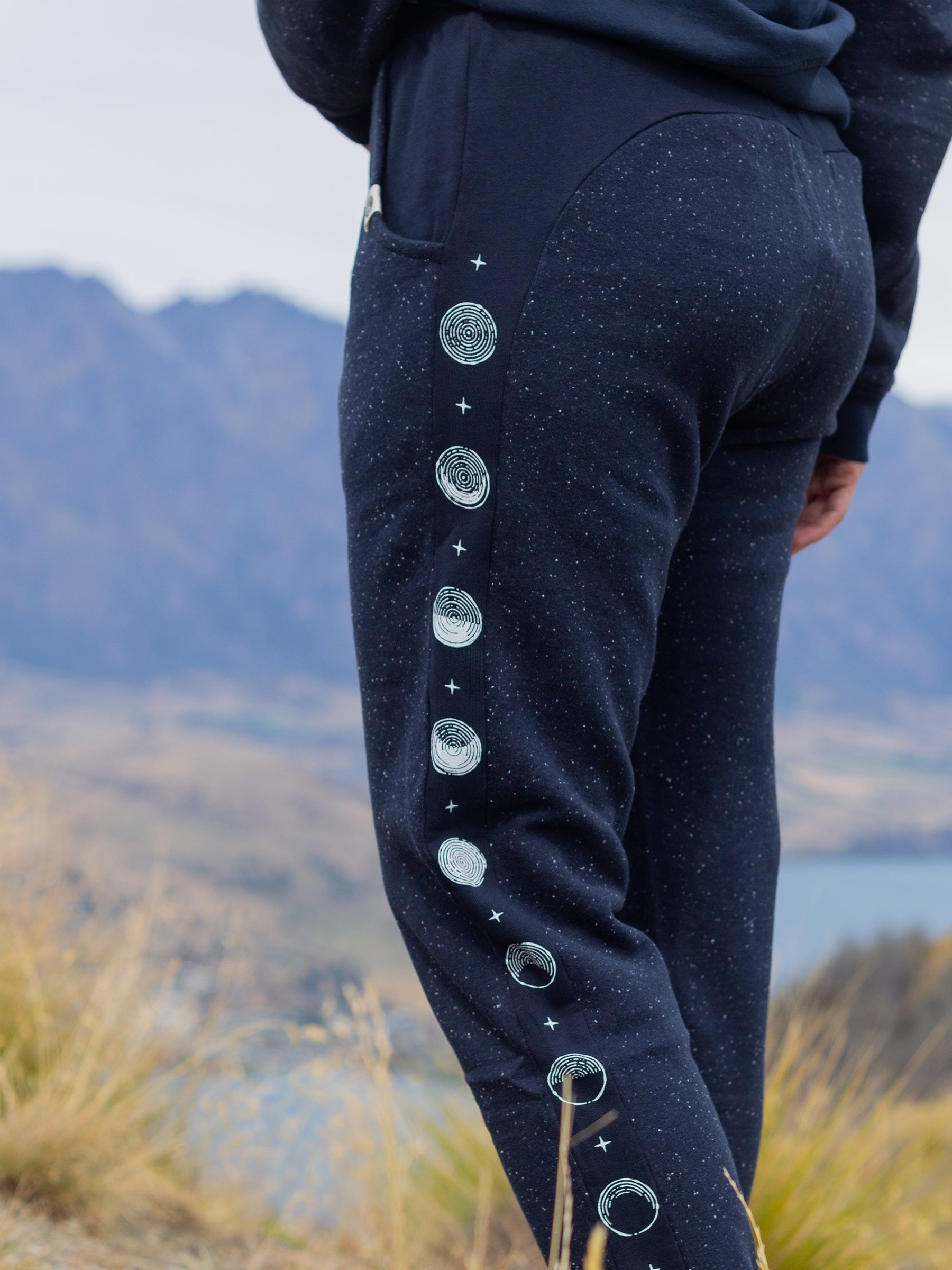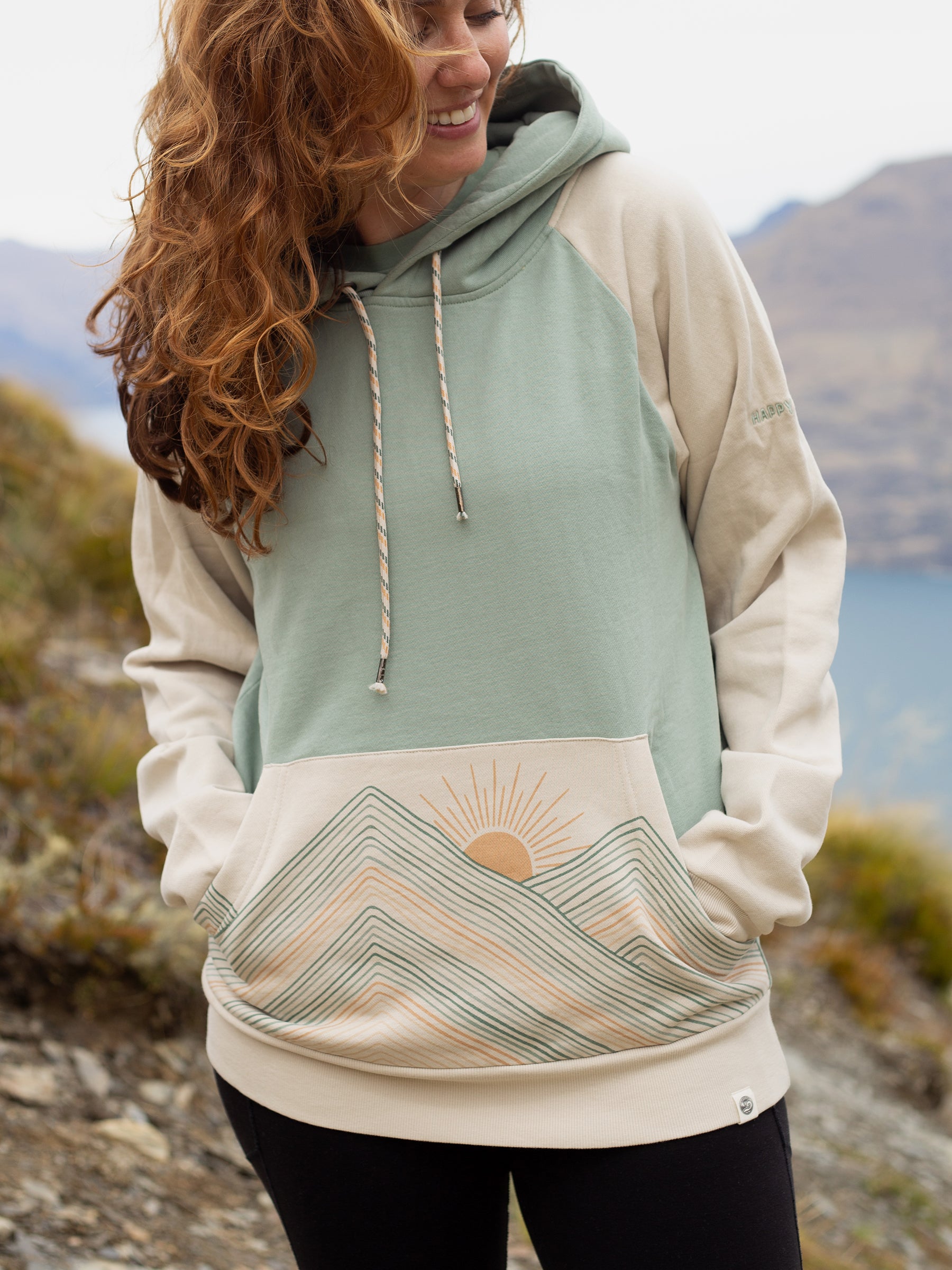by Lauren Briggs
Ever since I was young, hiking has played an important role in my life. Whether it was trekking up a mountain with my family or just going for a walk through the woods, hiking has always been a time of rejuvenation and adventure. As I have gotten older, I have been able to spend more time in the mountains, often with people who share the same love of hiking and spending time in the wilderness. In talking with these folks, I have been able to learn some new ways to enjoy the trails that I’m on, as well as how to make sure I leave them for others to enjoy.
For example, I used to wander all over when I was a kid and my family would go for a hike. After all, there was something new to discover around every bend, and the rocks and trees of the woods that we would walk through made a fantastic natural playground. However, as I got older I ventured on to more challenging routes that often took me above tree line. It is here where fewer, if any trees grow, rocks and short bushes cover the mountainside, and ecosystems can be particularly fragile. It was on these more difficult hikes that I learned the importance of staying on the trail. While hiking off the trail can make for a quick and tempting shortcut, it often means that smaller plants and baby trees get trampled. This is especially true if the one shortcut leads to a whole group of hikers going their own way. Going off the designated trail can also lead to erosion, which can further damage the ecosystem of the surrounding area as well as harming the trail itself. If a trail becomes too eroded, it can be closed, and no one gets to enjoy it.

Another way to keep trails looking great is to pack out your food. It’s a common thought that throwing an apple core into the woods is fine, since it will just decompose into the soil anyways. While this is not the worst logic, leaving behind food can teach the animals that reside in these areas to depend on the leftovers of humans. In addition, it’s sometimes just downright ugly. This summer, I went on a hike in the White Mountains of New Hampshire where the trail had pistachio shells scattered along the rocks and dirt. They might not have been as unsightly as a string of granola bar wrappers and water bottles, but waste in general detracts from a trail’s natural beauty. In short, just take it with you.
Sometimes, you can make just as important an impact on the trail before you even start your hike. Some national parks, such as Acadia National Park in Maine and Yosemite National Park in California, offer shuttles to get to different attractions and trailheads around the park. While these aren’t always the most convenient, they represent a shift towards more sustainable modes of transportation, and help to reduce both the release of carbon dioxide and traffic congestion of multiple cars. By taking a bus or carpooling to a trailhead, you can decrease your own carbon footprint, and, as a bonus, not have to worry about parking either.

Respect for hiking spaces can be demonstrated in many ways, and these are just a few examples. There is a basic saying that is followed by a lot of people in the outdoors—“Take nothing but pictures, leave nothing but footprints, kill nothing but time.” Doing things like leaving behind as little waste as possible and keeping the space the same way you found it can go a long way towards preserving natural spaces for both current and future users to enjoy.




